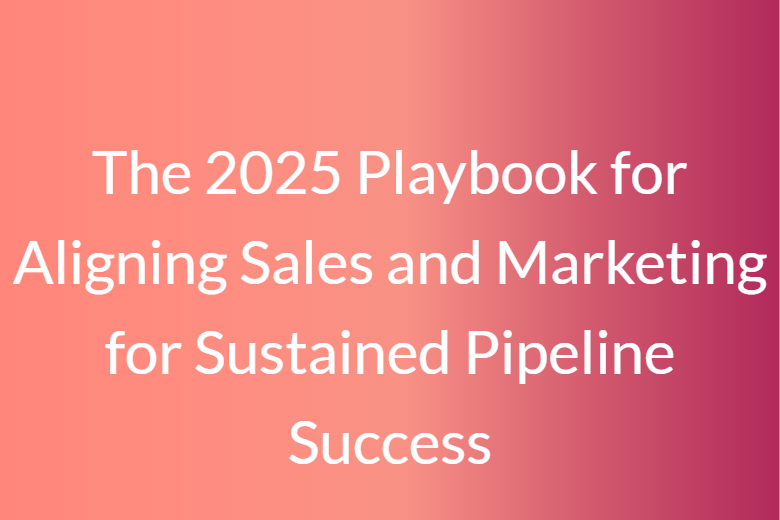B2B companies in 2025 are under constant pressure to grow their pipelines, convert faster, and reduce acquisition costs. But the secret to meeting these demands lies not in isolated tactics, but in the holistic alignment of Sales and Marketing functions.
This alignment is no longer an optional best practice it’s a competitive necessity. The most successful organizations are blending sales and marketing into a unified go-to-market engine that delivers consistent buyer experiences, streamlined operations, and pipeline momentum.
Let’s explore the 2025 playbook that businesses are using to align sales and marketing for long-term growth.
1. Joint Demand Generation Ownership
The lines between demand generation and sales development have blurred. In today’s B2B space, sales and marketing both drive pipeline growth. Campaigns, events, outbound sequences, and nurture tracks are developed collaboratively.
Joint KPIs include lead-to-opportunity conversion, total pipeline generated, and sourced revenue. With a shared scorecard, each team is fully invested in pipeline creation—not just top-of-funnel engagement.
2. Connected Buyer Journey Touchpoints
In 2025, buyers engage across a multitude of platforms before speaking to a rep. Aligned teams map every stage of the buyer’s journey, ensuring each interaction—be it a content download or sales call—is intentional and value-driven.
Marketing provides content and nurture streams that educate. Sales picks up where marketing leaves off with personalized outreach and solution consultation. Every handoff is seamless, creating a frictionless path to conversion.
3. Revenue-Oriented Attribution Tracking
Sales and marketing now track attribution through integrated models that give credit to every touchpoint. From a webinar engagement to a demo request, each activity is measured for its influence on pipeline creation.
Shared dashboards give both teams transparency into what’s working. Campaigns that don’t drive opportunity creation are refined or retired, while high-converting assets are prioritized and amplified.
4. Alignment Through Quarterly Revenue Reviews
Quarterly revenue reviews replace outdated siloed reporting. Sales and marketing leaders sit down together to evaluate campaign results, account progression, and conversion metrics.
This real-time collaboration builds agility into the pipeline strategy. If pipeline is off-target, both teams pivot together—adjusting messaging, target accounts, or outbound strategy to stay aligned with revenue goals.
5. Intent Data-Driven Personalization
Intent data allows marketing and sales to know which accounts are actively researching topics or vendors. Marketing triggers content syndication, and sales follows up with outreach tailored to that behavior.
This data alignment ensures every interaction feels timely and personalized. By acting on the same signals, both departments avoid duplication and engage buyers more effectively.
Read the Full Blog Now @ https://acceligize.com/featured-blogs/how-to-align-sales-and-marketing-in-2025-strategies/
About Us
Acceligize is a global leader in B2B demand generation and lead nurturing services. Our expertise bridges the gap between marketing and sales functions, delivering measurable outcomes through intent-based targeting, content syndication, and innovative outreach strategies. With our future-ready solutions, we help businesses scale pipeline performance and accelerate revenue growth. Partner with Acceligize to transform your lead generation strategy in 2025 and beyond.
